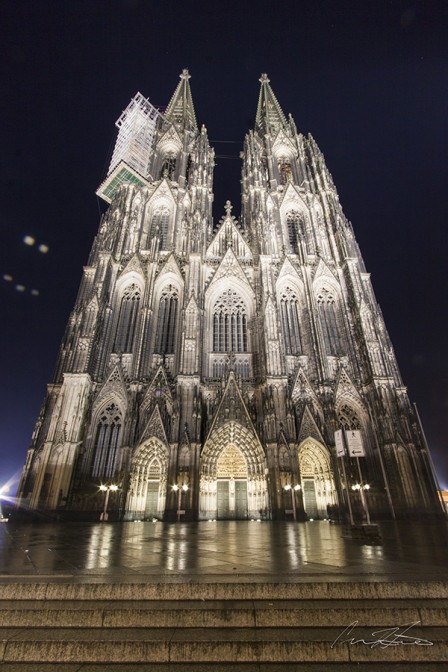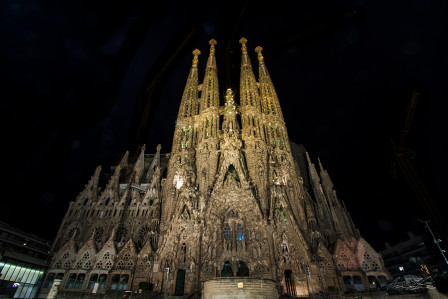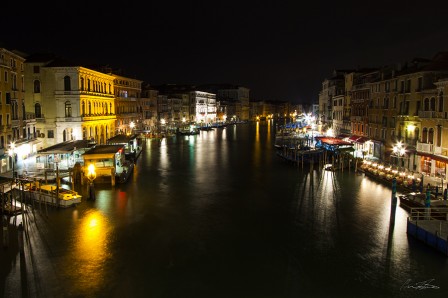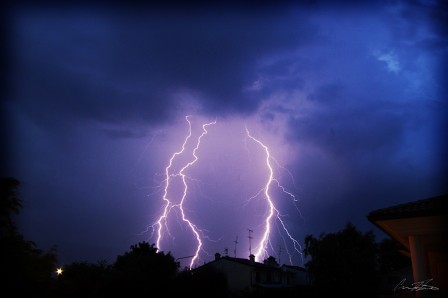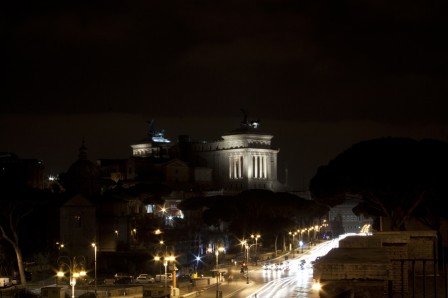I absolutely love taking night photos. I love going out to little night excursions with friends to find interesting places to take photos after dark, it is the whole reason I have taken my tripod on trips with me. I have taken night photos in Rome, Paris, Venice, little villages nobody has heard of, and even just of cars to get their headlight trails. It something I consider so much fun! So here is some instructions to improve your night photos. If you have any questions feel free to message me!
The Tools You’ll Need:
- Camera that you can change the settings on
- Tri-pod
- Cable Release or Remote
Camera:
- The settings on your camera you will want to be very adjustable under your control.
- Usually the shooting mode M – Manual is best.
- If you don’t have that option, make sure you have an option to turn the flash off.
Tripod:
- A tripod is needed to provide stability.
- If you don’t own one, or end up without yours, use your surroundings (the ground, a car, a short wall, etc).
- Make sure it is sturdy enough to hold your camera and lenses, even if it gets windy.
Cable Release or Remote:
- You’ll be using very long exposure times, so you will want to get rid of as much vibrations as possible.
- The timer on the camera can be used but not as precise as a remote.
The Shooting:
- Most photos you’ll try and take at night will be including how the light that is already there is casting on the scene. Your flash will ruin the existing light in the scene.
- Sometimes it takes some guessing to get the right exposure, it takes a lot of time to get the right shot. Your on camera light meter often won’t tell you what you need.
- You also want the lowest ISO to make sure your blacks don’t get too noisy.
- Your aperture settings will depend on what effect you want your pictures to have. Although usually a smaller aperture will give clearer pictures and it is easier to focus at night.
- Your shutter speed will be extremely slow so your camera can soak up as much light as it can. I have done as long as a 10 minute exposure at night.
- My favorite setting for night shots is moving the shutter speed to BULB.
Examples:
| A Night in Venice | A Bit of Macro Fun | ||
| A Night in Venice | |||
| A Bit of Macro Fun |


